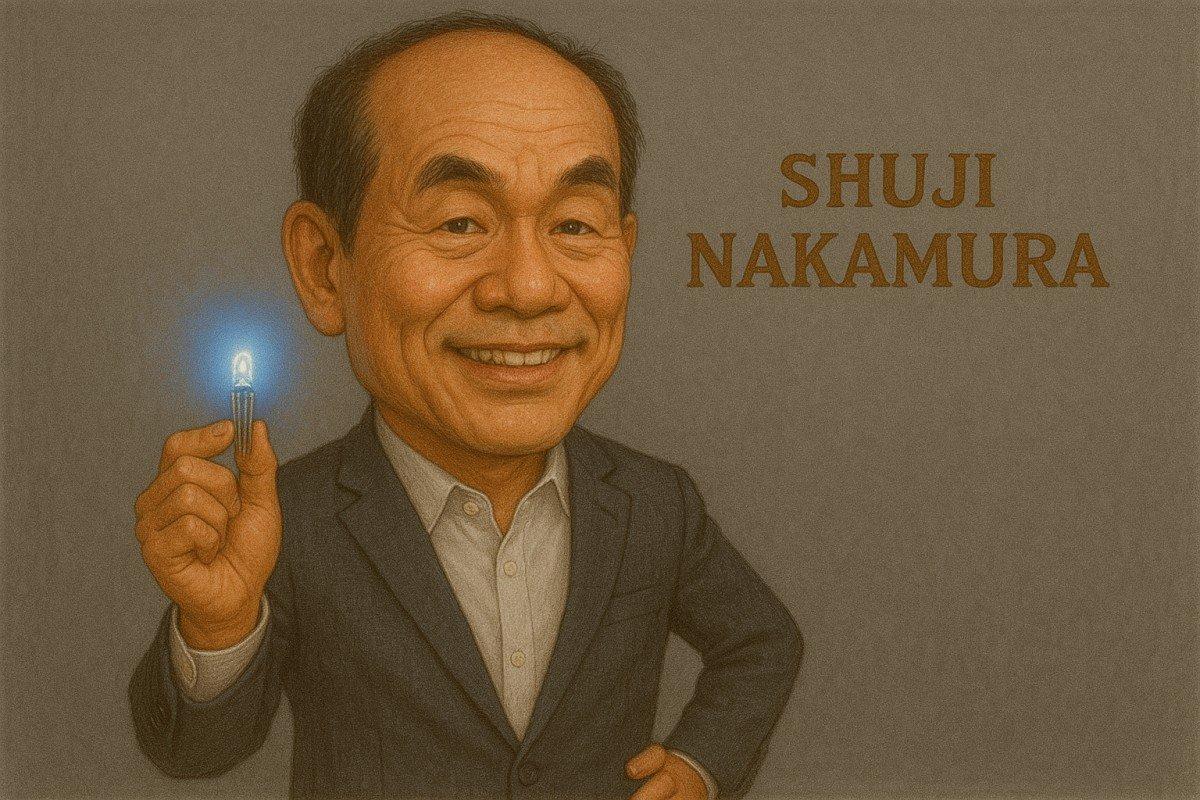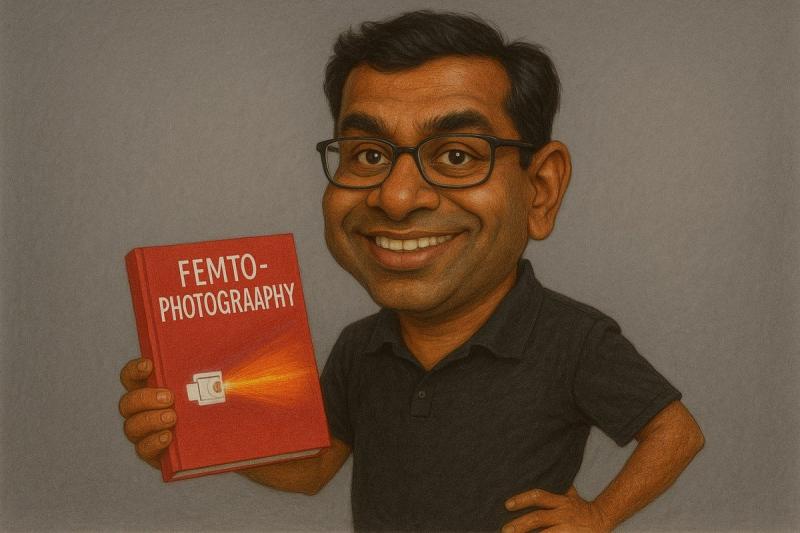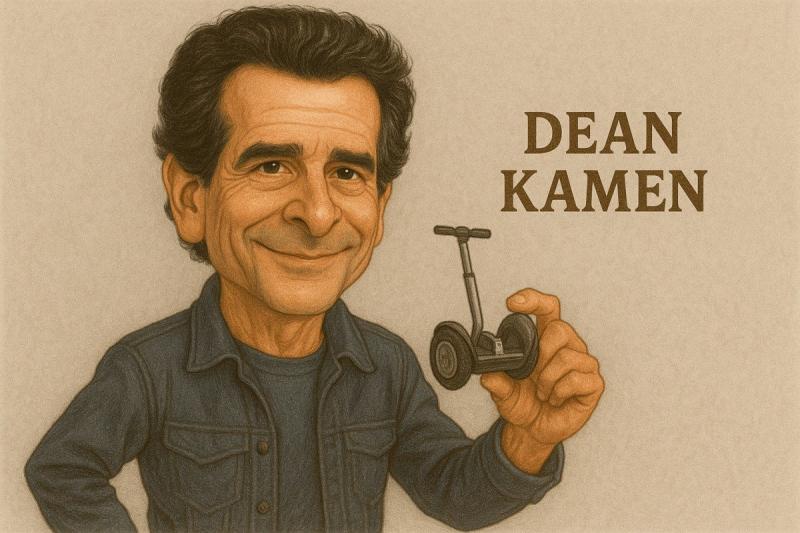Shuji Nakamura: The Brilliant Spark Behind Blue LED Revolution
Meet Shuji Nakamura. The man who, with the touch of an innovator’s mind, transformed the way you light up your world. If you’ve ever flicked on an energy-saving LED bulb, scrolled your phone beneath cool white eyestrain-proof light, or marveled at vivid colors on a giant TV in an electronics store, you’ve probably felt the echo of Nakamura's work—whether you realized it or not.
I remember the first time I swapped out my annoying old tube light for a compact, icy-bright LED. The room looked cleaner. My electricity bill—well, it barely moved. That’s not just efficient. That’s science doing its job.
Who Is Shuji Nakamura?
Nakamura isn’t your average inventor. Born in a tiny mountain town in Japan, he worked his way up the technology food chain—not through flashy research grants, but with stubbornness, coffee, and a stubborn “let's just try it” attitude. Back in the 1990s, the electronics world needed a breakthrough: a blue LED.
Why the fuss over “blue,” you ask? Simple. Until Nakamura and his collaborators showed the world how to make it work, red and green LEDs already lit up our calculators and traffic lights. But without blue, you couldn’t make bright white light—just dingy shades of yellow and orange. Trying to build a full-color screen or a real-feel desk lamp? Out of luck.
His Scientific Breakthrough
Nakamura cracked the blue LED problem with gallium nitride. Chemically stubborn, infuriating stuff. For years, engineers worldwide called it impossible. Nakamura called it “the challenge.” He grew high-purity gallium nitride crystals—a bit like stacking marbles on a sheet of ice and convincing them to behave. Through a cocktail of trial, error, and more than a little frustration, he made it work. His team’s blue LED glowed with a kind of cold magic.
That one light changed everything:
- White LEDs: Mix blue with yellow phosphor and voilà—a daylight-bright lamp.
- Solid-State Lighting: Out with fragile glass and mercury-filled tubes, in with tough-as-nails chips.
- Screens and Signs: From Times Square to your mobile, new possibilities opened in crisp, full color.
It’s a case study they already feature in “The LED Lighting Revolution” by Robert Karlicek and courses like “Solid State Lighting Fundamentals” (Coursera) or “The Physics of Semiconductors” kit for university students.
From Lab Bench to Boardroom
Nakamura didn’t stop at patents and academic papers. He founded Soraa in the United States, not just to make any old LED, but to chase the next “impossible”: a bulb that delivers near-perfect color accuracy, like sunlight for artists and literal show stoppers for stage designers. Soraa’s lamps—yes, the ones you see in galleries and hip hotel lobbies—use unique violet-emission technology. Clean, vibrant, and with blues that look like real blue instead of a hospital corridor.
And he wasn’t shy about the business, either. Ask the folks at Tokyo’s Akihabara electronics market or search for Soraa products on store shelves from Mumbai to Munich—what started as a struggle in a tiny lab now touches tens of thousands of Crores worth of global lighting markets.
The Commercial Ripple Effect
So, what did the blue LED make possible? Financially speaking—those clever little chips now stand at the heart of a INR 8,000 Crore-plus global industry. Energy bills plummeted as shops, roads, and even smart cities replaced outdated bulbs with ultra-efficient LEDs. Entire sectors—think display technology, automotive headlamps, indoor farming—leveled up overnight.
Products like Philips Hue Smart Bulbs, Soraa Radiant LED Downlights, CREE LED Panels, and the (almost shockingly bright) Samsung QLED TV owe their existence to Nakamura’s “let’s just do it” mantra.
And, yes, Soraa wasn’t all smooth sailing. Nakamura braved legal fights over patents, industry backlash, and all the fun drama that comes with shaking up big business. But LED lighting stuck. Energy savings? Measured in Lakhs—per building, per year—in big cities.
Nakamura’s Ongoing Legacy
Today, Nakamura’s impact glows around every corner, sometimes so familiar you might miss the magic. The blue LED’s quieter power? It built the backbone for modern clean tech—low-energy consumption, longer device life, and, not trivial, the ability to bring reliable electricity to regions still starved for steady power grids.
Soraa thrives, now part of a bustling LED tech landscape, with competitors racing to make every last photon count. Nakamura himself mentors up-and-comers, shows up on conference stages, and reminds ambitious grad students that sometimes “impossible” just means you haven’t tried everything.
His Nobel Prize in Physics sits as a well-earned “told you so” on the shelf, but ask the man and he’ll talk more about the next idea—a bit of a running theme.
A Few Bright Products in Nakamura’s Long Shadow
- Philips Hue: Smart lighting for connected homes, born out of the blue LED revolution.
- Soraa Radiant Bulbs: True colors, high performance, and loved by designers.
- Samsung QLED TV: Crystal-clear colors, made possible thanks to Nakamura’s blue-led backbone.
- CREE Connected Max: Top-class smart bulbs for every budget.
- The LED Lighting Revolution (Book): Where all the history—blood, sweat, and breakthroughs—comes together.
Long story short? When you next switch on your desk lamp and it pops to life, clean and cool, remember Shuji Nakamura. He bet big on the “impossible,” won, and left the whole world lit up. Sometimes, all it takes is one flash of blue to start a cascade that never stops. And if you’re hunting for the next big thing—you might want to ask yourself, “What would Nakamura do?”



